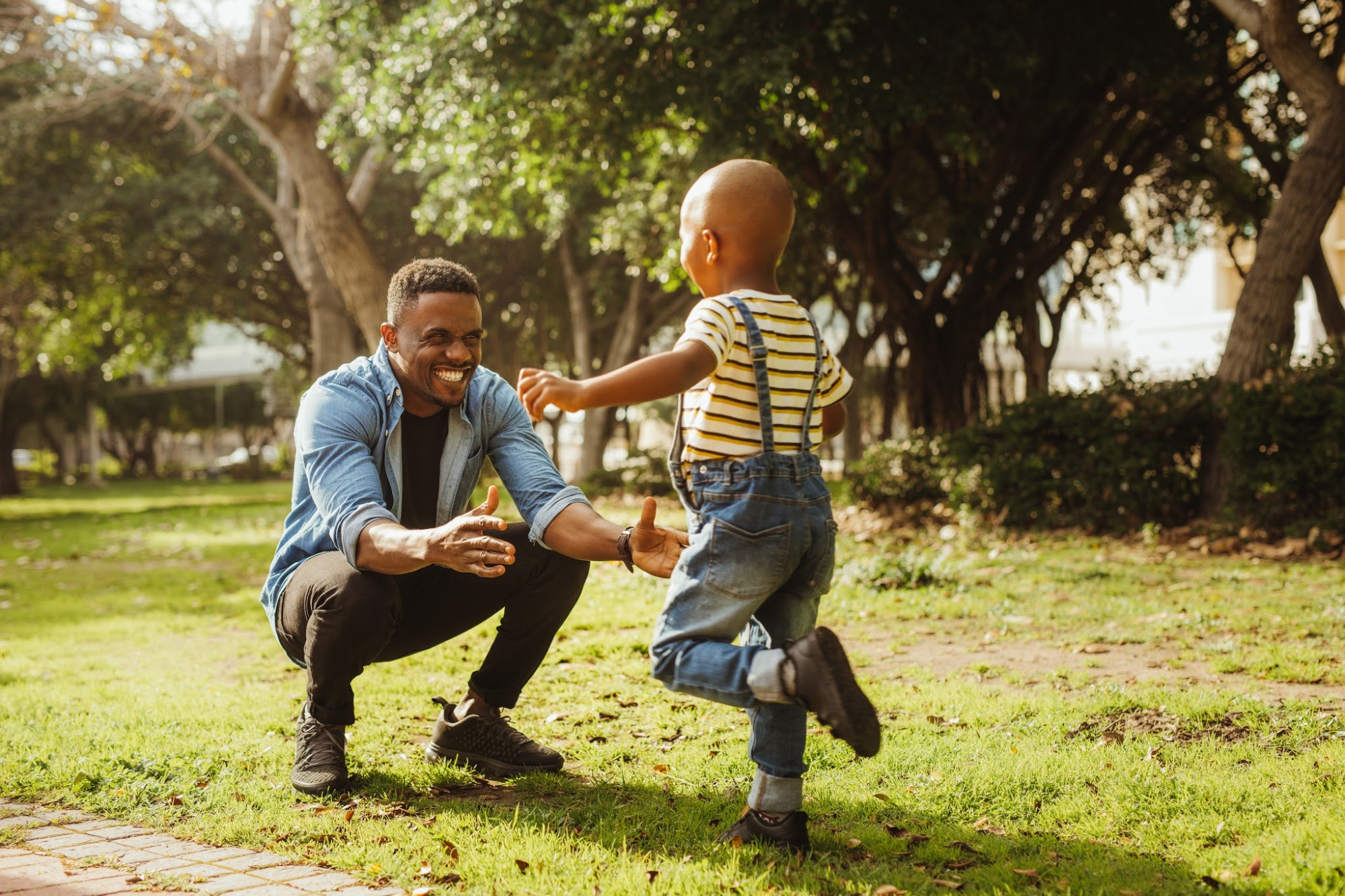Training Horses and Training Children
I once watched a documentary about a man named Buck. He had an ability to interact with horses in a way that seemed magical to many. He specialized in horses who had been abused or otherwise traumatized, and who were so severely impaired by fear that they couldn’t be handled or ridden. These were horses that bit and kicked and bucked, much like many of our children do.
I watched Buck love and teach these horses in an enclosed space. It was immediately notable that he used an enclosed space, roughly 50 feet by 30 feet. It was not a stall, where a horse might feel imprisoned. It was a space just limited enough that the horse couldn’t just run away, and where the horse couldn’t ignore what Buck was doing.
Similarly, parents must provide enough limitations that a child can’t escape to the distractions of the world, but must instead pay attention to the loving and teaching of the parents.
Training Children with Gentleness and Firmness
Buck knew when to look the horse straight in the eye, when to move closer to the animal, when to alter the horse’s movement with a gesture or flick of two thin sticks he sometimes held, one in each hand. Buck was quite firm but also kind and non-threatening in his actions.
Gradually, the horse understood that Buck was not a controlling force, nor would he inflict pain. As the horse settled down, his fear visibly dissipated. He became cooperative and accepted Buck as a teacher, not a threat.
Children must also be guided and taught, gently but with unyielding firmness.
Why Children and Horses Need Training
Why? Why must a horse be guided and “gentled” at all? There are some who argue that controlling a horse to perform a certain way is cruel. I can easily understand that reasoning.
I also know that for all of recorded history, horses and humans have been inextricably linked. Wherever there have been horses, their predominant function—by far—has been to serve humans in some way: to carry them, to be companions, to pull loads.
When horses can’t fulfill that function, their existence actually becomes threatened. They become sicker and die sooner. They are eaten by predators. In the American West, the fabled wild horse has become a negative factor in pasture lands, and increasingly they are being slaughtered or threatened with slaughter.
Overall, horses are healthier and live longer when they are working with and for humans. And no, I am not insensitive to the potential abuses.
In a similar way, untrained and unloved children function FAR less well than those who are loved and guided. They become emotionally and physically impaired, to the point of being useless to themselves and to those around them.
But if children are loved and taught such that they lose their fear, what’s left is who they really are. They become creative and confident, flying over the ground like powerful horses. They require our training, which we must do with calm and confidence.


